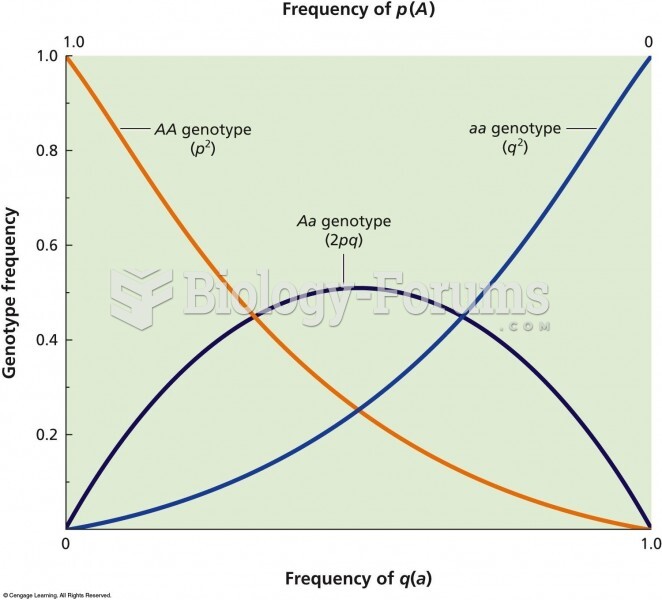Answer to Question 1
Simmel suggested a trickle down theory of fashion in which lower classes emulate
the styles of the upper classes, although these are increasingly vulgarized as they reach
the lower status levels. Veblen argued that fashion exists primarily as a means of
institutionalizing conspicuous consumption by members of the upper classes. Bourdieu
also saw fashion as a means of differentiating between members of different social
classes. He suggested that matters of taste were a form of cultural capital, access to
which separates social classes. In contrast, Blumer argued that fashion is the product
of collective mood, tastes, and choices. Members of the lower classes do not emulate
the upper classes. Blumer stated that taste is the product of social interaction, of
experience. Today, many fashions originate in the lower classes and are imitated by the
elite, lending support to Blumer's perspective.
Answer to Question 2
Not all collective behavior takes place in face-to-face collectivities. Mass behavior is
collective behavior that takes place when people who may be geographically separated
from one another respond to the same event in much the same way. The most frequent
types of mass behavior are rumors, gossip, mass hysteria, fads, fashions, and public
opinion. Rumors are unsubstantiated reports on an issue or subject. Rumors thrive
when tensions are high and when little authentic information is available on an issue of
great concern. People are willing to give rumors credence when no opposing
information is available. Rumors come from a wide variety of sources and may be
difficult to trace. Whereas rumors deal with an issue or a subject, gossip refers to
rumors about the personal lives of individuals, such as celebrity stories in tabloid
magazines. Mass hysteria is a form of dispersed collective behavior that occurs when a
large number of people react with strong emotions and potentially self-destructive
behavior to a real or perceived threat. An example of mass hysteria or a panic with a
widely dispersed audience was actor Orson Welles's 1938 radio dramatization of H. G.
Wells's science fiction classic The War of the Worlds. A fad is a temporary but widely
copied activity enthusiastically followed by large numbers of people. Unlike fads,
fashions tend to be longer lasting. A fashion is defined as a currently valued style of
behavior, thinking, or appearance. Public opinion consists of the attitudes and beliefs
communicated by ordinary citizens to decision makers. It is measured through polls and
surveys, which use research methods such as interviews and questionnaires. As the
masses attempt to influence elites and vice versa, a two-way process occurs with the
dissemination of propagandainformati on provided by individuals or groups that have a
vested interest in furthering their own cause or damaging an opposing one. Although
many people think of propaganda in negative terms, the information provided can be
correct and can have a positive effect on decision making.







